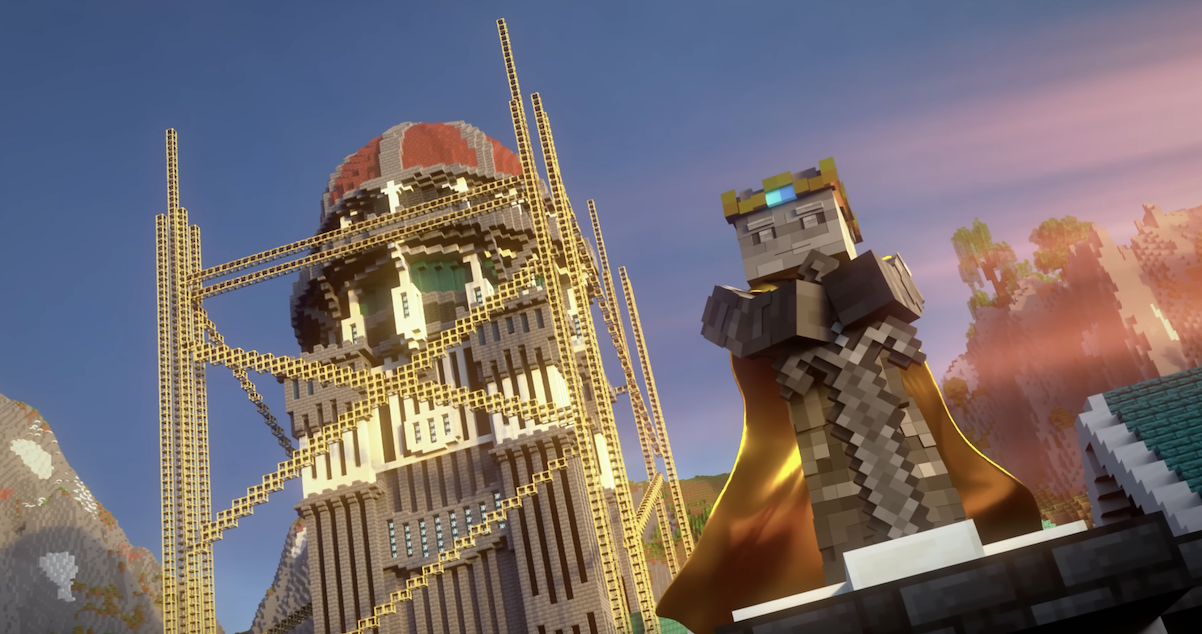S4 E115 Machinima News Omnibus (Feb 2024)

This week, we spend some time talking about new tools, emergent topics, AI and copyright (again), with some interesting links for you below. Check out the episode here –
YouTube Version of This Episode
Show Notes & Links
New tool releases
iClone’s ‘clumsy moves’ pack, available at $70, can be downloaded here
Crowd simulation tools, including Reallusion’s sim bundle for CC4 and social groups for iClone 8, link here and a nice video here –
and Kenneth MacLean’s MegaHumans plugin WIP. No link for the latter, but here’s a neat show and tell video –
A free new VR mod by Praydog for Unreal Engine – here’s an overview about it –
Mickey and AI discussion
Disney’s Mickey in a horror game called Infestation Origins that will be released later this year –
and an interesting AI generated short that seems to confirm Mickey’s transmogrification into a horror character –
Princeton’s Public Domain Project released an annual report – check it out here for 2024.
Improving the quality of your machinima films with AI, check out Pryda Parx suggestions here –
and you can also check out the restored machinimas Phil did for the Machiniplex channel here, and here’s the trailer for the body of work too –
Google’s VideoPoet that turns prompts into animations without the interim stage of an image and a separate tool like Runway to animate it. Here’s a neat example of its capabilities, focussing on a travelling raccoon –
Mods and Cockers!
The Convergence mod for Elden Ring (and many others), v 1.4 – a nice overview here –
and here’s a link to the mod for download
A case of corporate bullying? Check out the situation this Minecrafter is facing and if you’re a legal expert, do please get in touch with him to help out!







Recent Comments